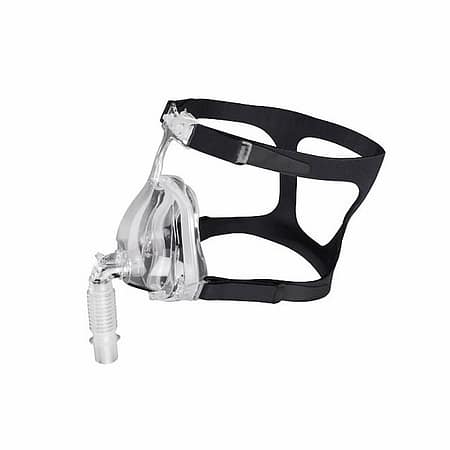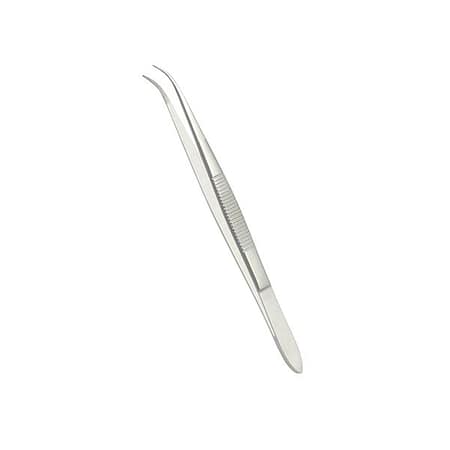Maintaining Body Alignment and Pressure Relief with Positioning Wedges

How do positioning wedges assist in maintaining proper body alignment and pressure relief for patients?
What Are Positioning Wedges?
Positioning wedges are specially designed supportive tools used in healthcare settings to aid in maintaining proper body alignment, enhancing comfort, and preventing pressure injuries among patients. These wedges are crafted from various materials, such as foam or gel, to offer adjustable support for different parts of the body, including the back, legs, and arms. Their primary importance in healthcare lies in their ability to prevent the development of pressure ulcers, a common issue for patients who spend extended periods in bed or seated. By redistributing pressure and promoting optimal body posture, positioning wedges not only enhance patient comfort but also play a crucial role in recovery and long-term care, making them an indispensable tool in both hospital and home care environments.
The Role of Positioning Wedges in Maintaining Body Alignment
Understanding Body Alignment
Proper body alignment refers to the optimal positioning of the body’s joints and bones to reduce stress on muscles, ligaments, and tendons. It is crucial for minimizing discomfort and preventing long-term musculoskeletal issues. Positioning wedges play a vital role in achieving and maintaining this alignment, especially for individuals who are bedridden or have limited mobility.
Examples of Misalignment Issues
Misalignment issues can range from minor discomfort to serious conditions such as pressure sores, chronic pain, and reduced blood circulation. Common problems include back pain from improper spinal alignment, joint deformities from prolonged pressure, and respiratory difficulties from poor chest and abdominal positioning.
How Positioning Wedges Help
Positioning wedges help by providing targeted support to various body parts, ensuring that the spine, limbs, and head are aligned correctly. By distributing weight evenly, these tools alleviate pressure on vulnerable areas, enhance circulation, and promote a healing environment. Their adaptability to different body shapes and sizes makes them an essential component in patient care, aiding in recovery and improving overall quality of life.

Selecting the Right Positioning Wedge
Types of Positioning Wedges
Positioning wedges come in various shapes and sizes, including triangular, cylindrical, and custom forms tailored to specific body parts. Each type is designed to offer support and pressure relief in different ways, such as elevating the legs to reduce swelling or supporting the back for improved posture.
Materials and Quality Considerations
The materials used in positioning wedges significantly affect their comfort, support, and durability. High-density foam, gel-infused memory foam, and inflatable options are popular due to their ability to contour to the body and distribute pressure evenly. Quality considerations also extend to the cover materials, which should be breathable, washable, and hypoallergenic to ensure patient safety and hygiene.
Matching Wedges to Patient Needs
Selecting the right positioning wedge involves assessing the patient’s specific needs, such as their mobility level, the areas requiring support, and any existing health conditions. For instance, a patient with respiratory issues may benefit from a wedge that elevates the upper body, while someone at risk of pressure sores might need a wedge designed for prolonged seating or lying down. Consulting with healthcare professionals can also provide valuable insights into the most appropriate choices.
Practical Tips for Using Positioning Wedges
Positioning Techniques for Optimal Support
Effective use of positioning wedges requires strategic placement to ensure optimal support and pressure relief. For instance, placing a wedge under the knees can alleviate lower back pressure, while positioning it behind the back can improve spinal alignment. It’s essential to adjust the wedge’s placement based on the individual’s comfort and the specific support needs, periodically reassessing to prevent pressure sores and enhance circulation.
Maintenance and Hygiene
To ensure the longevity and effectiveness of positioning wedges, regular maintenance is crucial. This includes cleaning the covers according to manufacturer instructions, typically involving washing with mild detergent and air drying. For foam or gel inserts, wiping down with a disinfectant is necessary to maintain hygiene. Regular checks for wear and tear are also important to ensure the wedges continue to provide adequate support.
Training Staff and Caregivers
Educating staff and caregivers on the correct use of positioning wedges is vital for maximising their benefits. Training should cover how to choose the right wedge, positioning techniques, and maintenance practices. Empowering caregivers with this knowledge ensures consistent, effective use of wedges, contributing to improved patient outcomes and comfort.
































